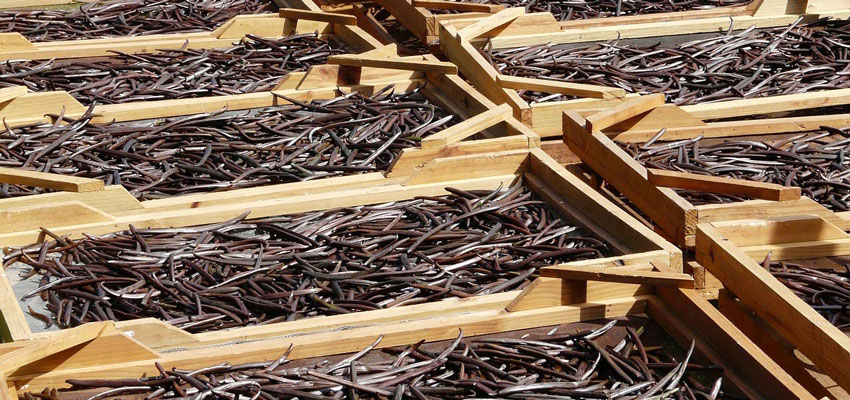Nicotine in spices? How does that get in there? And why are the maximum residue limits in the EU being raised again?
Nicotine has no longer been authorised as a plant protection product in the EU since 2010, but is still used in tropical regions where many spice plants are grown. With the EU ban, the maximum residue levels were lowered as usual to the respective analytical limit of quantification. This had led to complaints from European spice traders, as in many cases it was no longer possible to comply with the low limits.
After some maximum levels were raised again in 2023 with Regulation (EU) 2023/1536, it turned out that other spices, such as vanilla, were also unable to comply with the nicotine limit of 0.01 mg/kg.
Now "wood was put behind the arrow":
With of 5 February 2014, the Commission set the permissible limit values for all spices at a uniform 0.3 mg/kg. Of course, this was not done without first having exposure and risk assessments carried out by the EFSA. The experts came to the conclusion that there is neither an acute nor a chronic risk to consumers in the EU from nicotine levels of this magnitude by use of exotic spices.
Incidentally, nicotine is also repeatedly found in wild mushrooms. A plant protection application can be ruled out here. But if collectors are heavy smokers, the nicotine can be transferred to the mushrooms through skin contact or breath and can also be detected with our sensitive analysers!
YOUR PLUS: Our AGROLAB residue laboratories offer nicotine analyses in food and animal feed, and of course also for spices and teas.
Author: Dr Frank Mörsberger

 Contact
Contact

 Contact
Contact Career
Career